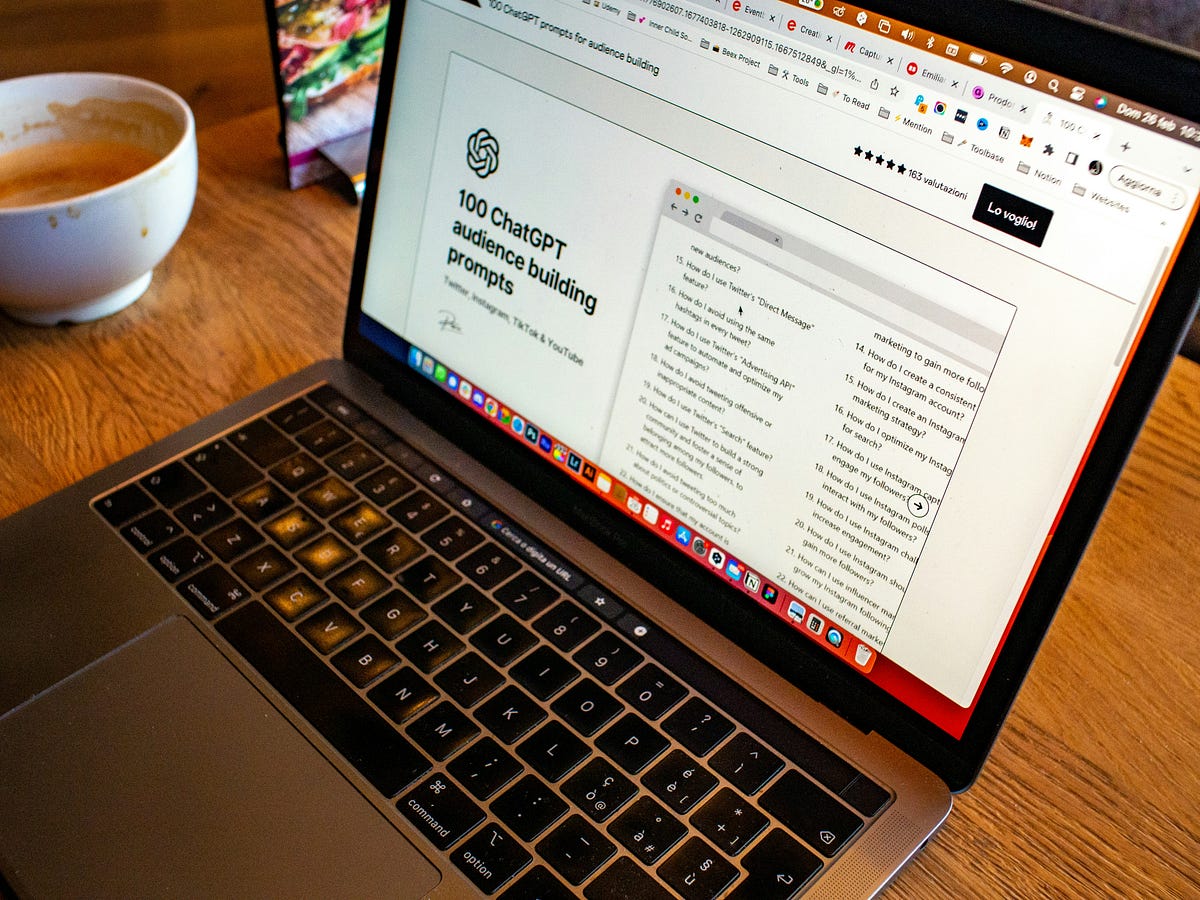The sneaky way i use ChatGPT to spot ideas and turn them into products that actually pay.
The first time I asked ChatGPT to write for me, it gave me a stiff, over-polished essay that read like it was auditioning for high school valedictorian.
Technically correct. Zero personality. Basically AI’s version of a store-brand cracker.
That’s when I realized: using ChatGPT to “write for you” is like asking Gordon Ramsay to microwave a Hot Pocket.
It works, but you’re missing the point.
Fast-forward to now, and I use ChatGPT in ways that honestly feel like cheating. Not to write for me, but to dig into what I’ve already created and turn my messy pile of half-finished notes, blog posts, and ideas into sellable digital products.
And the kicker? This system has made me way more than letting AI “pretend” to be my voice ever could.
AI as My “Illegal” Sidekick
Here’s the secret nobody tells you:
ChatGPT isn’t your ghostwriter.
It’s your analyst, strategist, and unpaid intern rolled into one.
Most people waste it on:
- “Write me a blog post” (result: boring).
- “Write me a sales page” (result: generic).
- “Write me a tweet thread” (result: cringe).
Instead, I throw ChatGPT everything I’ve ever written — old newsletters, blog posts, even random drafts in my Notes app — and then ask:
👉 “What patterns do you see here? What’s sellable?”
That’s where the “almost illegal” magic happens.
It spots things I never noticed.
It connects dots I didn’t know were dots.
It hands me frameworks, outlines, and course ideas that I didn’t even realize I’d already created.
The Time ChatGPT Accidentally Built Me a $97 Product
One time, I dumped a month’s worth of Medium posts into ChatGPT and asked it to summarize my main themes.
In 20 seconds, it gave me an outline so good I thought, “Wait… this is basically a product.”
So I packaged it, slapped a $97 price tag on it, and sold it.
Want the funny part?
The landing page I made looked like something out of a 2005 internet scam playbook. Bold fonts, clunky layout, borderline embarrassing.
But here’s the truth:
People don’t care if your sales page is ugly. They care if your product solves their problem.
And thanks to ChatGPT, mine did.
Why This Works (And Why Most People Mess It Up)
AI isn’t here to replace creators. It’s here to supercharge creators who know what they’re doing.
When you stop treating it like a lazy copy-paster and start treating it like a business partner, you get:
- A bird’s-eye view of your content themes.
- Clarity on what your audience actually cares about.
- Product ideas you can build in days, not months.
In other words: ChatGPT isn’t your writer. It’s your x-ray machine. It sees the bones of your business when you’re too busy staring at the skin.
My Digital Product Loop (a.k.a. How I Print Money Online)
Here’s the exact loop I follow:
- Write small. Newsletter, post, note, whatever. Doesn’t matter if it’s messy.
- Feed it to ChatGPT. Ask, “What can this become if I sell it?”
- Extract the gems. It’ll spit out frameworks, summaries, angles you missed.
- Package it. A guide, a template, a mini-course.
- Sell it. Even an ugly Gumroad page can work. Trust me.
Repeat this loop enough times and suddenly your “scraps” of content turn into an arsenal of digital products that sell while you sleep.
Final Thought (aka My Mini-Rant)
If you’re still using ChatGPT like your ghostwriter, you’re stuck in amateur mode.
If you use it as your analyst, strategist, and product engine? You’re playing an entirely different game.
That’s why I say using it feels almost illegal — because once you figure this out, you can’t unsee the opportunities in your own work.
So stop letting AI spit out lifeless blog posts.
Start letting it show you where the real money is hiding.
Because if there’s one thing I’ve learned: your next $97 product is probably already sitting in your drafts folder — ChatGPT just has to point it out.
